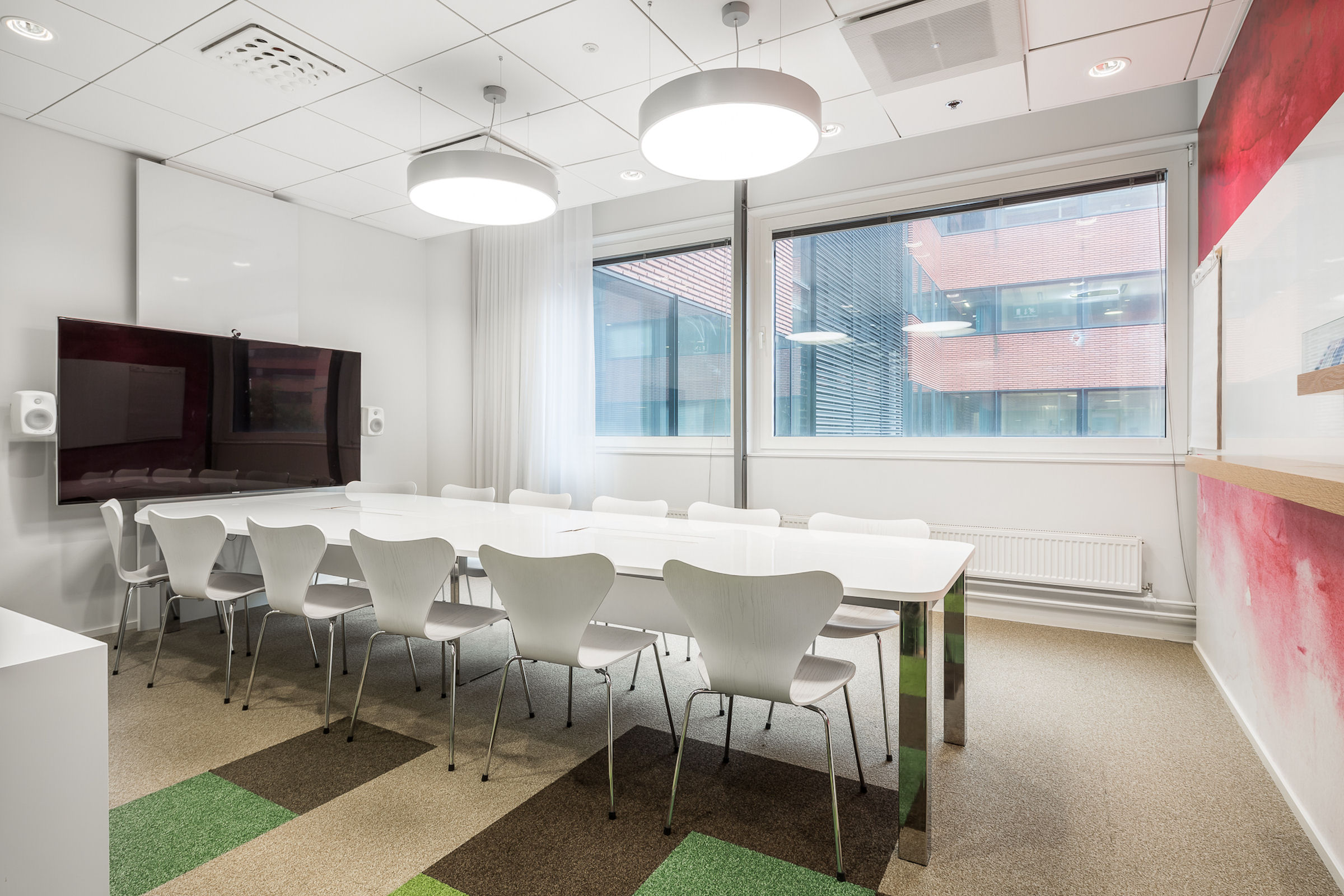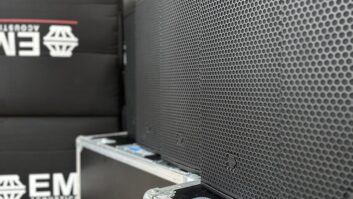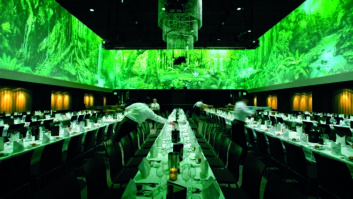
Sami Makinen, Genelec’s business manager for AV Installation provides a handful tips to help ensure your loudspeaker installation delivers the performance you need
When organisations look to upgrade corporate audio, achieving optimum sound in a room can prove to be a real challenge. To help, Sami Makinen offers his advice to AVTE readers on ensuring you get it right, first time.

What is the application?
It is always important to establish what is required from a speaker solution. What is the acoustic environment like? What sources will you be using? How much area needs to be covered? For some applications, such as a small conference room, an optimal solution may be as simple as a left and right speaker acting as an output for your room’s AV system. This, however, may not be sufficient in a larger conference room, and would not suffice for a large restaurant or gallery, where more audio power would be required, and more consideration would be needed. Every room is different, and each successful installation demands careful attention.
Think neutral
The ultimate goal of any audio solution is to deliver clarity and a balanced, neutral sound to its intended audience. Poor sound quality can come about as a result of improper placement of speakers, excessive cost-cutting (i.e. choosing a cheaper speaker or not specifying enough speakers) and a general lack of consideration for the space and the application at hand. Users will often try to overcome poor sound quality by increasing the volume, which can create a noisy, unpleasant room environment – this should be avoided at all costs. When seeking to create a neutral sound, it is important to consider which areas you need to cover (what is the expected listening position?). How many speakers you may require in order to achieve this, and whether there are any reflective surfaces (such as glass and hardwood) or obstructions which require further attention. Room response controls are available on some loudspeakers that will allow for the adjustment of levels for bass, mid-range, treble and more, meaning that they can be altered to suit any acoustic environment.
Consider aesthetic
If you want your installation to stand the test of time, it’s important to consider the visual look of your room. Some loudspeakers are available in a wide range of RAL colours, which means that they can either blend in subtly to suit the look of your space, or they can also stand out as a colourful and impactful design statement. In-ceiling speakers are another more discreet option, although wall-mounted speakers are able to provide sound at ear level, and they can also be relocated with more ease. By using active speakers, there is no requirement for an additional external amplifier, which eliminates the need for an unsightly piece of equipment.
Do it once, do it right
By opting for a more premium choice of speakers, you are likely to have equipment that uses a higher quality of materials, meaning that is able to withstand more wear and tear, last longer and also sound better. Whilst the initial outlay may be more, in the long run it could prove to be a sensible, more cost-effective decision per usage. By taking your time to consider your purchasing decisions, you’ll end up with a product that suits your own purposes and budget, and hopefully end up with an audio solution that will excel for many years to come.







